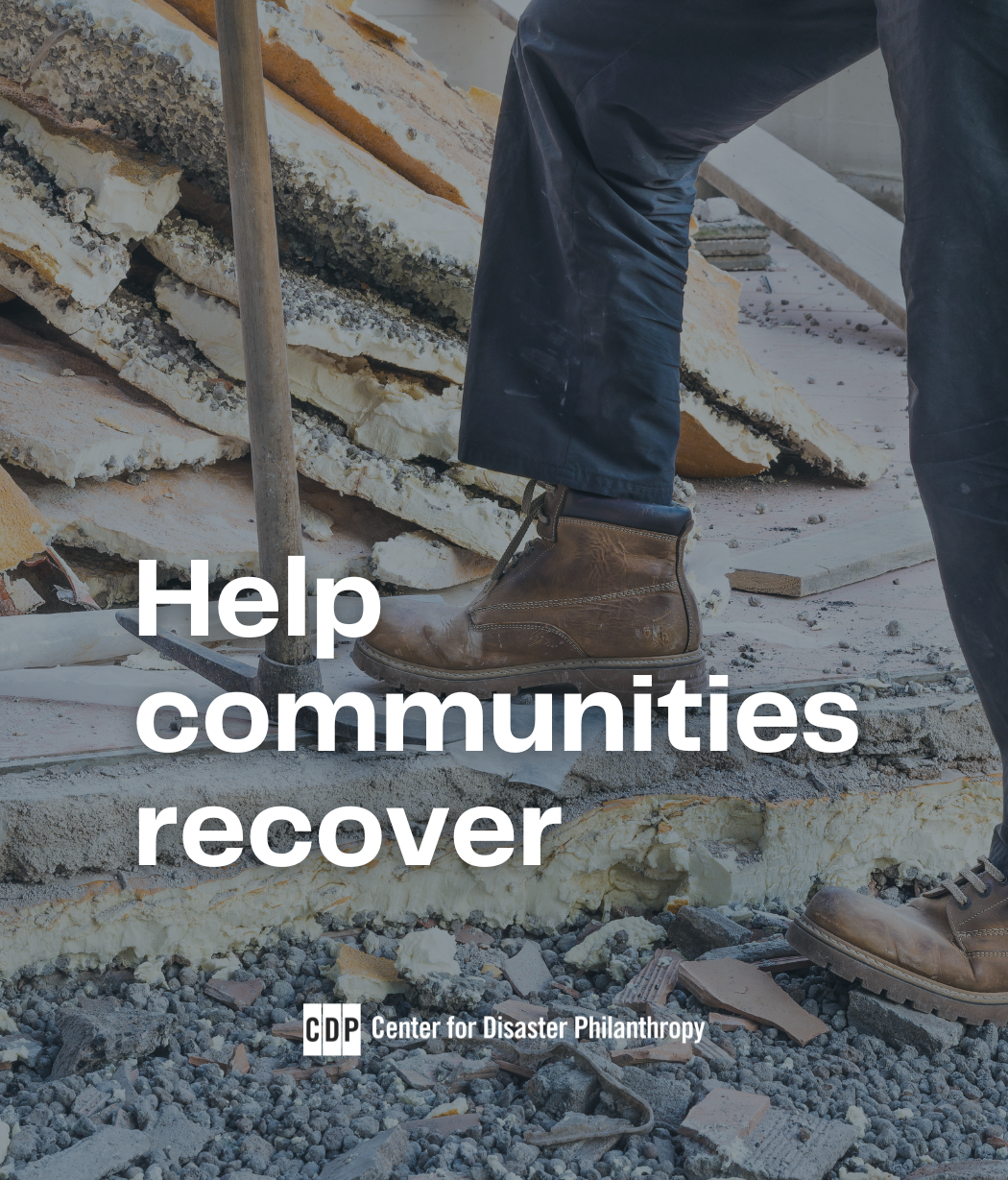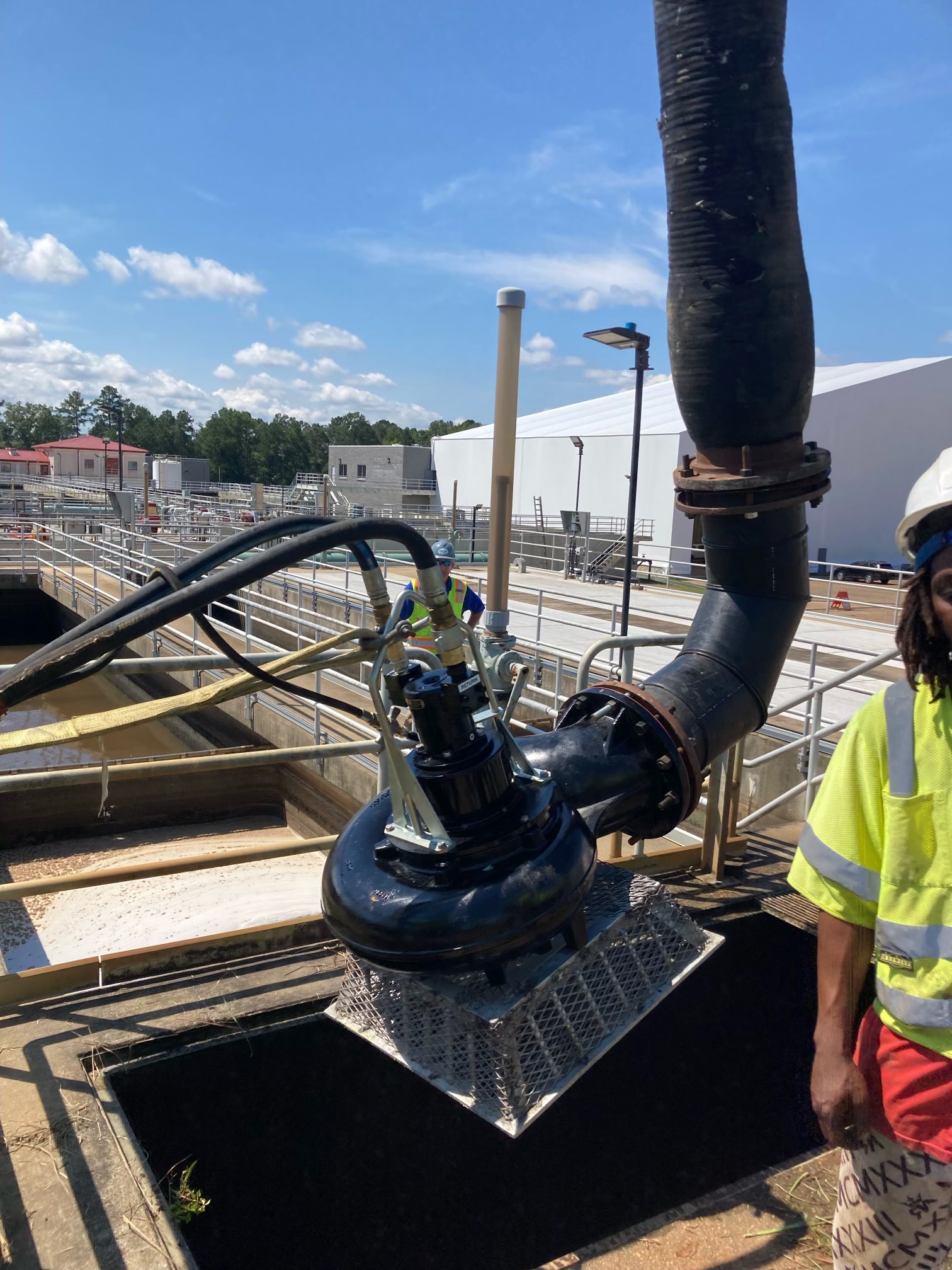

The intersection of two disasters – infrastructure failure and river flooding – exacerbated a pre-existing water crisis in Jackson, Mississippi.
In mid-to-late August 2022, heavy rains led to flooding along the Pearl River watershed. While the Pearl was predicted to overtop, it crested below the major flood stage of 36 feet at 35.37 feet. This prevented the large-scale evacuations and extensive damages that were expected. However, localized flooding damaged one of the water treatment plants leading to an inability to produce sufficient water pressure at the O.B. Curtis treatment plant. This was combined with a malfunction of the pumps at the J.H. Fewell treatment plant.
Water pressure was restored in Jackson on Sept. 5, but the ongoing boil water advisory remained in effect until Sept. 15. This will mark the first time in almost seven weeks that residents should be able to drink the water in their homes, without boiling it beforehand. In the absence of drinking water, the state distributed approximately 12 million bottles of water.
On Oct. 28, Governor Tate Reeves extended the state of emergency until Nov. 22. In his press release, he stated, “Since I first declared a State of Emergency on August 30, the state has invested nearly $13 million to prop up Jackson’s failing water system, distribute water, and restore clean running water to the residents of the city. Over this time, the state of Mississippi entered the O.B. Curtis Water Treatment Plant, identified the rampant issues that existed due to years of neglect, and immediately began repair operations. Jackson’s mayor has announced that the city will have a private operator in place by November 17, stating, ‘we anticipate having a contract in place by November 17th.’ Recognizing this, I have decided to end the emergency on November 22, to allow for a five-day transition period between the state’s management team and the chosen private operator. At that point, the State of Emergency must, by statute, end as the water system can be managed solely by local control, as has been insisted upon by the City of Jackson. The State of Emergency must only exist when a situation is beyond local control and the City of Jackson has demanded local control.”
(Photo: Workers from Jackson, Mississippi’s water treatment plant install emergency rental pumps. Source: Twitter.com/tatereeves)
According to USA Today, “Like many cities, Jackson faces water system problems it can’t afford to fix. Its tax base has eroded the past few decades as the population decreased — the result of mostly white flight to suburbs that began after public schools were integrated in 1970. The city’s population is now more than 80% Black, with about 25% of its residents living in poverty.”
VOX reported, “On the surface, the apparent cause of this crisis is damaged infrastructure …‘Ideally, infrastructure serves as a shared foundation for economic, environmental, and public health between different neighborhoods and municipalities,’ scholars at the Brookings Institution, a nonprofit research group, wrote in March 2021, after Jackson faced another severe water shortage. ‘However, infrastructure is often poorly maintained or intentionally overlooked in particular places, leading to a lack of access, affordability, and safety for many communities of color.’
With a vulnerable water system, the city is also more susceptible to the impacts of extreme weather events like flooding, underscoring — like so many other events worldwide — how climate change often disproportionately harms people of color and lower-income communities.”
But Jackson is not unique. It is merely but one example of the way climate change is impacting and highlighting the fragile nature of water infrastructure across the United States (and elsewhere).
ABC News reported, “Jackson, Mississippi, is not the first U.S. city to have a water crisis – nor is it likely to be the last. However, the city’s crisis has highlighted the ongoing fight for access to clean drinking water, which continues to be at risk for Americans across the country. Many of the cities or regions experiencing poor water access or conditions are in predominantly Black or Hispanic communities, according to data from the U.S. Census Bureau.”
“Historic flooding and record droughts are already stressing water systems across the country, but as the threats to infrastructure posed by climate change intensify, experts warn that what happened in Jackson may be just the beginning. ‘The situation in Jackson is a cautionary tale, but the reality is that in 2022, communities across our country have experienced severe flooding as well as drought,’ says Mami Hara, the CEO of US Water Alliance. Hara blames climate change and systemic disinvestment in water infrastructure across the country.”
One example is the Hoover Dam on Lake Mead which has lost almost 79 feet of height in 22 years. The lake provides water across seven states, northern Mexico and tribal lands. “Data from the US space agency explains that 74 percent of the nine western states face some level of drought. For example, 83% of the state of Colorado is currently in drought.”
A report issued by Dig Deep found that “more than 2.2 million Americans live without running water and basic indoor plumbing, and many more without sanitation.” This situation is the worst for Native Americans with 58 out of 1,000 households lacking plumbing, compared with 3 in 1,000 white households. “This disparity has implications for public health. Native Americans experience more deaths, poverty and higher unemployment rates.”
Latest Updates
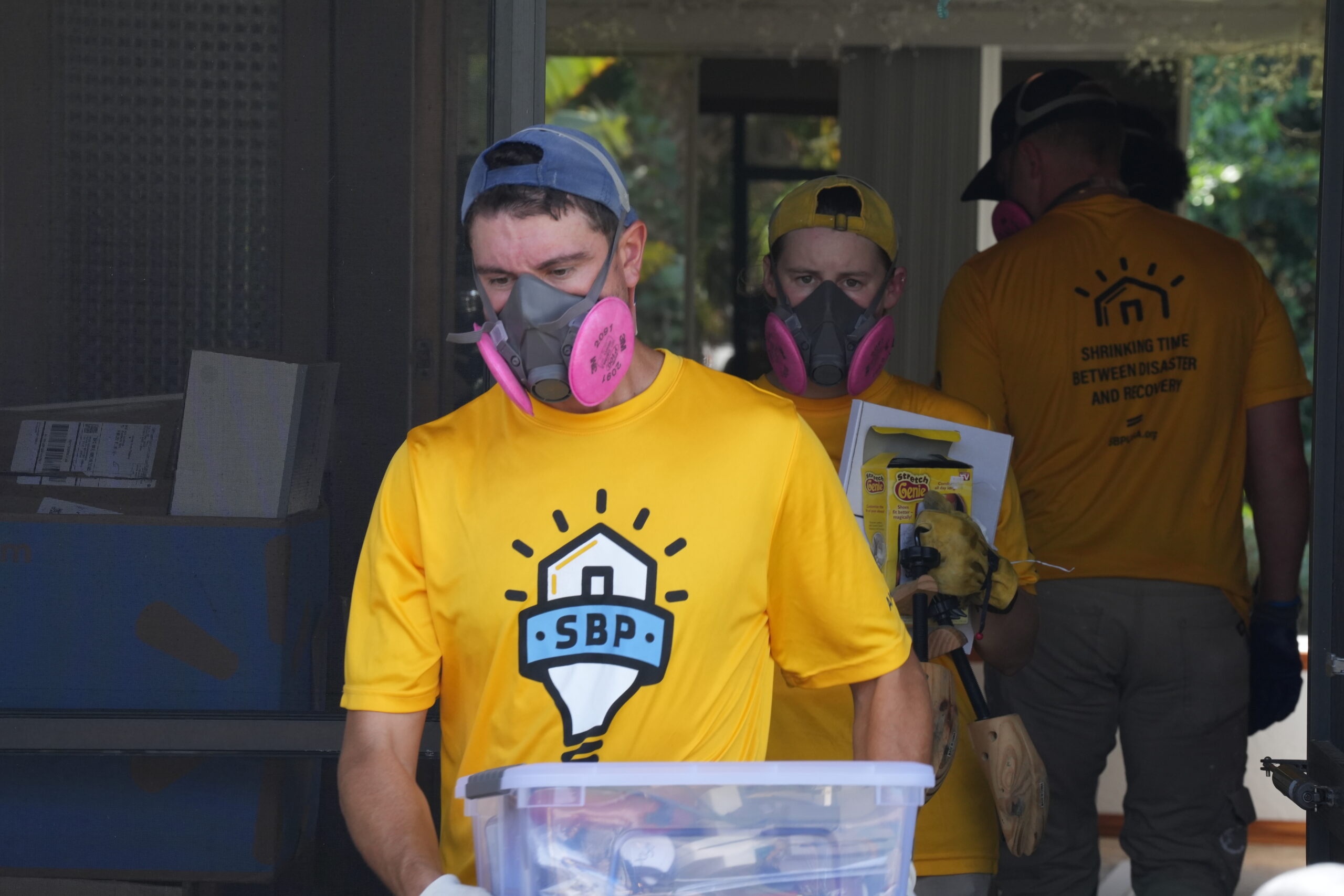
CDP announces grants from the Disaster Recovery Fund
Access to clean water
Low water pressure throughout Jackson left many in the city without sufficient water for activities of daily living, including homes, businesses, schools and first responders. The majority of Jackson’s 180,000 residents were affected.
Much of Jackson was already on a boil water advisory dating back to July. That advisory ended on Sept. 15.
This was not the first time that Jackson was without water. A cold spell in 2021, led to Jackson residents being without water for over a month. There were numerous boil water advisories issued throughout 2021 as well.
In July 2022, the City of Jackson issued a public notice about lead and copper treatment violations in the city’s water supply.
The notice indicated that the remediation at J.H. Fewell Water Treatment Plan would most likely not be completed until August 2023.
Overcoming racial disinvestment
The racist nature of historical disinvestment in Jackson is enhanced by state and federal government representatives who do not support infrastructure investment.
According to SELF, “It’s important to note that more than 80% of Jackson’s residents are Black—and this crisis is a painfully clear case of environmental racism. This term is used to describe “the disproportionate impact of environmental hazards on people of color,” according to Greenaction, a nonprofit organization dedicated to environmental justice initiatives. Some experts are comparing the current situation in Jackson to the 2014 water crisis in Flint, Michigan, during which the city’s primarily Black residents didn’t have access to clean water due to lead contamination for years.
‘It’s not a coincidence. [Jackson] is a disproportionately Black city where people knew there was a problem,’ and didn’t spend the money to fix it, Colin Jerolmack, PhD, professor of sociology and environmental studies at NYU, tells SELF. ‘It’s a result of a legacy of racism. You could draw a straight line [from] prior racist acts, such as discrimination, to environmental racism.’ …
The Jackson water crisis is only the latest example of the devastating impacts of environmental racism. It can be particularly insidious and hard to combat because there’s rarely one person to blame, Jerolmack says. It’s the result of years and years of discrimination and neglect, and people in power often rely on the public’s apathy toward racism, coupled with plausible deniability, to get away with it.”
The father of the environmental justice movement, Dr. Robert Bullard told PBS, “It is indicative of a larger problem. And the problem is basically looking at which communities get resources for infrastructure and which ones get left behind. And when cities begin to transition, the demographic shift from predominantly white to predominantly Black or brown, you start to see problems occurring in terms of getting state funding to support infrastructure. And you can see that direct line with not only infrastructure when it comes to water.”
Immediate needs
Given the restoration of water, there should not be any need for access to water distribution anymore. However, some families complained that their tap water was brown even outside of the boil water notices. There may be small numbers of people still needing direct support.
Small businesses
Businesses were also affected by the water shortage, especially restaurants. Obviously, they were required to buy water, ice and canned soda in order to provide beverages, but there were also secondary effects. Employees were unable to shower, guest bathroom toilets could not be used, and restaurants had to find alternative ways to clean dishes. Some of these businesses ended up reducing hours or shutting down temporarily. These restaurants will continue to suffer, even after the water has been restored, as people will have less disposable income and may still be concerned about eating out.
Long-term needs
A major overhaul of the city’s water infrastructure is needed. Across the country, it has been clear that infrastructure is aging and poorly maintained. The added impacts of historical and systemic racial disinvestment exacerbated that in Jackson.
As NPR reports, the crisis in Jackson of a deteriorating water system began long before this particular water crisis. Jackson Mayor Chokwe Antar Lumumba says the cost to implement critical improvements has now increased to at least $2 billion.
There are concerns that privatization of the water system may occur as a means of solving the broken infrastructure crisis.
EPA involvement
CNN reports that “the US Environmental Protection Agency is poised to propose a long-term presence on the ground in Jackson, Mississippi, to help fix the decades-long problems with its drinking water, a source with knowledge of the matter told CNN Tuesday.”
Jackson Mayor Chokwe Antar Lumumba says he endorses the help from the EPA.
On Tuesday, Nov. 15, 2022, EPA Administrator Michael Regan visited Jackson. This was his fourth visit to the city since Nov. 2021. State and city officials are engaged in negotiations to “[create] a legal agreement for ongoing federal involvement in running the water system of the predominantly African American city.”
Regan told reporters, “We are moving with a sense of urgency because we know with this agreement in place – approved by and governed by a federal court – it will give a level of transparency that the community has been seeking … It will also keep all of us on the same page, going in the same direction, as we invest … millions of dollars into Jackson’s water infrastructure.”
Additionally, the EPA has begun a federal civil rights investigation responding to complaints by both Jackson residents and the NAACP and Jackson residents. “The EPA said it will investigate whether the Mississippi Department of Health and the Mississippi Department of Environmental Quality ‘discriminated against the majority Black population of the City of Jackson on the basis of race in the funding of water infrastructure and treatment programs and activities.’”

Our Disaster Recovery Fund provides support for disaster-affected communities. Grants will be focused on supporting marginalized communities in the relief and recovery phase.
Contact CDP
Philanthropic contributions
If you would like to make a donation to the CDP Disaster Recovery Fund, please contact development.
(Photo: Mississippi Emergency Management Agency loading water bottles. Source: Twitter.com/MSEMA)
Recovery Updates
If you are a responding NGO or a donor, please send updates on how you are working on recovery from this disaster to tanya.gulliver-garcia@disasterphilanthropy.org.
We welcome the republication of our content. Please credit the Center for Disaster Philanthropy.
Donor Recommendation
If you are a donor looking for recommendations on how to support recovery from this disaster, please email regine.webster@disasterphilanthropy.org.
Note: If you are an individual who was affected by the disaster, we encourage you to contact your local 211 to see what resources are available in your community.
Philanthropic and Government Support
In October 2022, through funding from Google, two National Association of Free and Charitable Clinics in Jackson, Mississippi, received a grant ($100,000 total) from the Center for Disaster Philanthropy to support their patients in systemically marginalized populations in the city. By providing access to safe, clean water, hygiene supplies and continued healthcare, along with access to a network of community health workers, the clinics will support community recovery from the water and flooding crisis in this mostly minority state capital city.
Atlanta Braves outfielder Michael Harris II donated $23,000 toward youth recovery. He is working with Jackson Public Schools, Community Foundation of Mississippi, the Mississippi Braves and Hank Aaron Sports Academy.
Comcast NBCUniversal donated $50,000 to American Red Cross and set up an employee donation matching program for several local organizations.
Amazon Prime Video and Lowe’s both made a donation of $100,000 to Jackson State University (JSU) “to help the university relocate student-athletes, source clean water, and provide community assistance.” Lowe’s also partnered with Coach Deion “Prime” Sanders’ JSU football team to donate and distribute truckloads of bottled water. The Georgia-based non-profit Life Beyond Water also worked with Coach Prime to deliver truckloads of water to Jackson.
Following a request from Governor Tate Reeves, President Joe Biden issued an emergency declaration providing public assistance, category B, for Hinds County. Category B provides for emergency protective measures, “before, during, and after a disaster to save lives, protect public health and safety, and prevent damage to improved public health and safety, and prevent damage to improved public and private property.” Biden did not issue a major disaster declaration. “An Emergency Declaration is more limited in scope and without the long-term federal recovery programs of a Major Disaster Declaration. Generally, federal assistance and funding are provided to meet a specific emergency need or to help prevent a major disaster from occurring.” As of Nov. 16, 2022, almost $105,000 had been obligated.
White House press secretary Karine Jean-Pierre said, “FEMA is working closely with state officials to identify needs and that the EPA is coordinating with industry partners to ‘expedite’ the delivery of critical treatment equipment for emergency repairs at Jackson water treatment facilities … that the City of Jackson is using over $20 million in American Rescue Plan to address water and sewer infrastructure needs … the White House has also made about $75 million in Bipartisan Infrastructure Law funding available to provide clean and safe water across the state of Mississippi.”
Fund resources

Rural Populations
Rural populations often struggle with disaster response and recovery. Explore why.
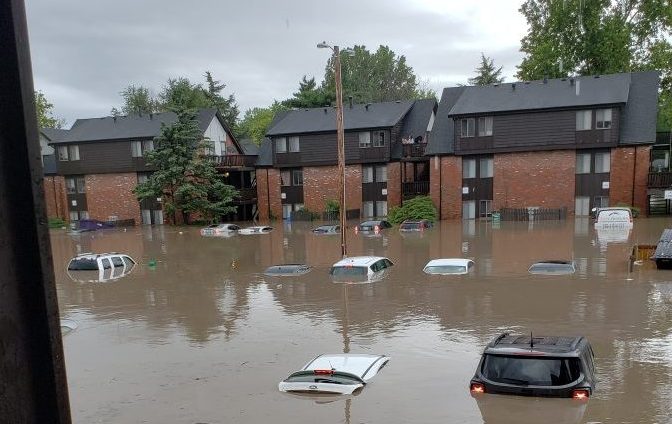
Floods
Flooding is our nation’s most common natural disaster. Regardless of whether a lake, river or ocean is actually in view, everyone is at some risk of flooding. Flash floods, tropical storms, increased urbanization and the failing of infrastructure such as dams and levees all play a part — and cause millions (sometimes billions) of dollars in damage across the U.S. each year.
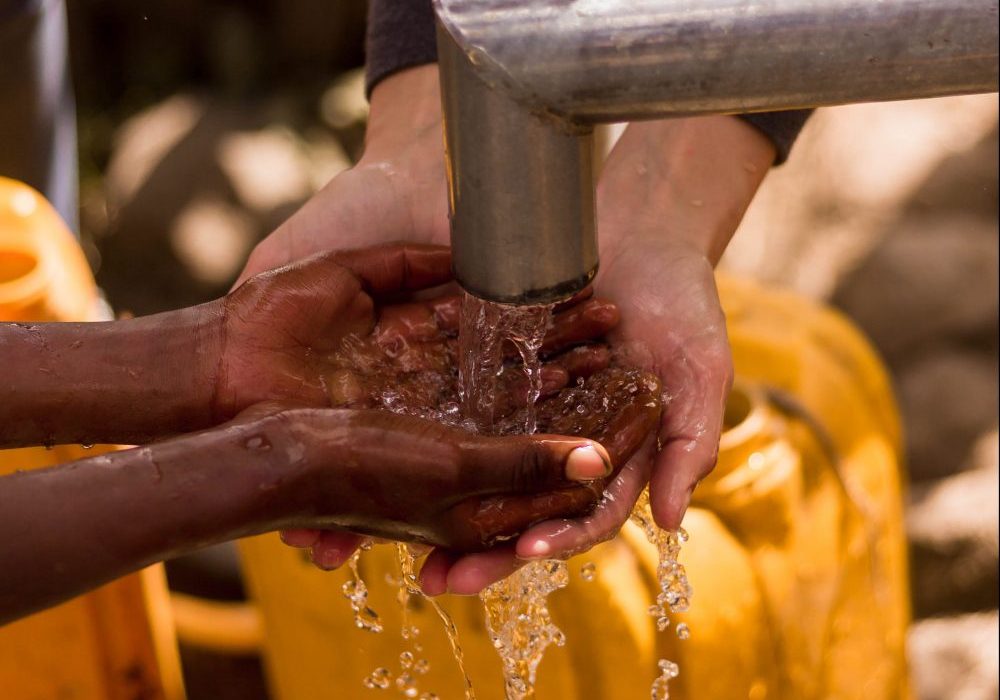
Water, Sanitation and Hygiene (WASH)
Water is one of the most necessary elements for life, yet according to the World Health Organization/UNICEF, 2.1 billion people lack access to safely managed drinking water. In addition, 4.5 billion people lack safely-managed sanitation facilities. Water, sanitation and hygiene (WASH) principles are of tremendous concern in everyday life, but can be heightened during an emergency or disaster.
